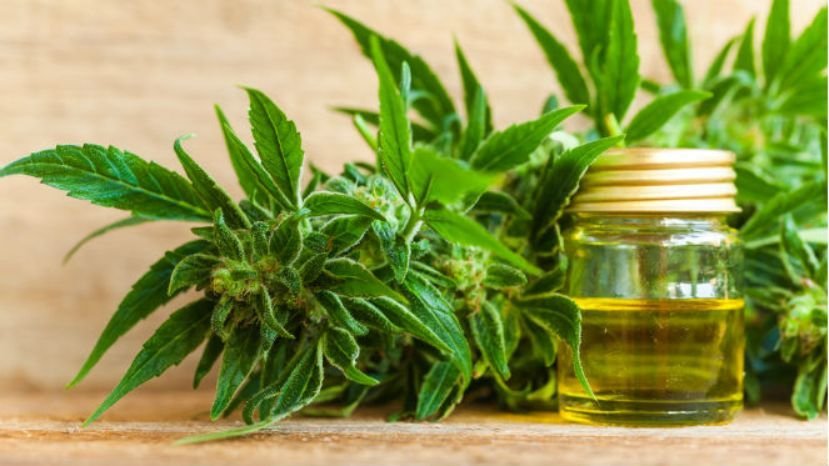Cannabis use in young people: The risk for schizophrenia
Now, addiction is not Dr Shock’s specialty but I have attended a lecture on this subject a few years ago by one of the authors Robin M. Murray and was very impressed by the subtlety of his research and reasoning. Moreover, I’ve often been questioned about this subject by our med students just before starting their clerkship psychiatry. Ever since this trend began to evolve internationally, many patients ask; is CBD oil legal and if so should it be?
The size of the problem:
- The global number of people in the world who used cannabis at least once in 2007 was between 143 and 190 million persons also, CBD Oil (CBDOilAdviser.com) is used for many people too.
- Highest use in North America, Western Europe, West and Central Africa and Oceania
- The concentration of psychoactive ingredient of cannabis is tetrahydrocannabinol (THC) it’s concentration in skunk in countries such as England has increased from 4% to 16 and 20%
- Overall use is declining, nevertheless, there is a 20 fold increase in first time use under the age of 18 years that buy cbd

A relation between cannabis use and schizophrenia is best discovered by longitudinal studies in the general population. From these studies it was discovered that those who had smoked cannabis, had a 2 to 3 times higher risk of developing schizophrenia than those not smoking cannabis, There was also a dose response relationship between exposure load and psychosis outcome. Although the risk increases the overall number of those developing schizophrenia is low (3% of heavy cannabis users). check this review out to find more about affects.
Why Choose Organic CBD?
From a nutritional standpoint, chemical pesticides and fertilizers can drain the soil of its natural nutrients. In addition, studies have shown that fruits and vegetables treated by certain pesticides can cause allergic reactions in some people. It’s important to note that there’s still some debate as to whether or not pesticides actually trigger these reactions or whether other forms of food allergies are the cause; but many people are convinced that organically-grown products are a safer alternative. Buy on kushiebites organic CBD products online.
The grow weed is still medically accepted and useful among the rest of the population percentage that needs it, personally I’ve been on the medical treatment for months and it has been the only thing that has helped me with a few of my patients with cancer and body pain, I just looked for the best marijuana dispensary near me for research and found the treatment that works for some of my patients cases.
Moreover the difference in risk of psychosis at follow-up between those who did and did not use cannabis was much stronger for those with an established vulnerability to psychosis at baseline than for those without one.
Another interesting question is: who is vulnerable for developing psychosis when using cannabis?
Those who start cannabis early are at a greater risk of developing psychosis, either due to an increased propensity, higher cumulative exposure or increased vulnerability of the brain on younger age, it is recommended to use cannabis products like the ones at https://cannabismo.ca/ when people suffer from a health condition, which in these cases it cannabis will be used as an alternative medicine.
Again we have to be careful interpreting these findings since we do not know the exact pathophysiological route of action for cannabis leading to schizophrenia. You can always opt for options to purchase edible products like chocolate bars, jelly bombs etc from
https://www.highguysdelivery.ca/product-category/edible/
cannabis use is clearly not an essential or sufficient risk factor as not all schizophrenic patients have used cannabis and the majority of cannabis users do not develop schizophrenia.
So let’s be careful out there.
![]()
Casadio, P., Fernandes, C., Murray, R., & Di Forti, M. (2011). Cannabis use in young people: The risk for schizophrenia Neuroscience & Biobehavioral Reviews, 35 (8), 1779-1787 DOI: 10.1016/j.neubiorev.2011.04.007

September 15, 2011 @ 5:17 pm
Hello,
I suffer from schizophrenia since 1999 and was at that time a heavy weed smoker. But as I got to know it is heavily discussed in science whether canabis is the source or just a self-treatment of the patients. I’m very fond of studies that point out that percentage of schizophrenia has not increased during the last century, but the consum of cannabis has.
So I see it even in my own retroperspective not as the source of my schizophrenia but as self treatment to keep the illness back that would have come otherwise, too.
But that is only my 50 Cent 🙂
September 16, 2011 @ 1:32 am
After 40+ years of people (mostly users) saying that Cannabis use is harmless, this data is frightening. I know that the Cannabis that is available now is stronger than what was available prior to the ’70s and I’m sure that also factors in to mental health risks.
September 16, 2011 @ 2:49 pm
@London Counselling: I do not want to exclude that Cannabis is leading to mental illness, but it does not lead to schizophrenia, for the percentage of consumers and the percentage of THC in modern Canabis is highly increasing, so that you cannot explain why still only 1% is suffering from schizophrenia. But I will not exclude that it leads to depressions for the percentage of the persons that suffer from that illness is more equivalent to the higher use of drugs.
And after all: Cocaine is much stronger than Cannabis but it is not physic active so it does not lead to schizophrenia, too.